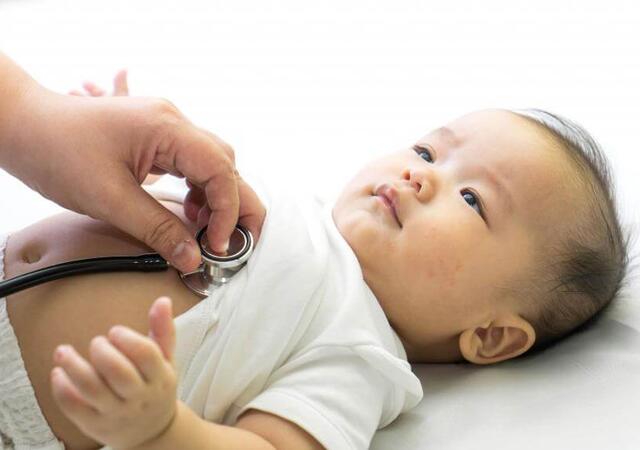New European Guidance Clarifies Medical Device Software Requirements
The EC and MDCG address medical device software compatible with or embedded in hardware devices (such as smartphones, smartwatches, or apps) and software.
RAPS Convergence 2023: eSTAR updates from the US FDA
The same week that eSTAR became compulsory for all 510(k)s submitted to the US Food & Drug Administration (FDA), several sessions at RAPS Convergence focused on or discussed eSTAR requirements. In the penultimate session on the topic (Thursday, October 5), Patrick Axtell Ph.D., FDA, was among the speakers presenting (virtually) to a standing-room-only crowd.
RAPS Convergence 2023: Clinical Evidence on European Medical Devices
Continuing coverage of the RAPS Convergence 2023 conference, we examine the issue of European Medical Devices Regulation (MDR) compliance challenges regarding clinical evaluations and clinical investigations.
RADAR : Market Access Newsletter
Sign up to receive our complimentary newsletter with periodic updates on changes to international medical device regulations.
US FDA Announces Permanent Accreditation Scheme for Conformity Assessment Program
The US FDA issued several regulatory updates, including ASCA becoming a permanent program, guidance for participation in the VIP and updates to guidance on the Breakthrough Devices Program and draft guidance on medical devices associated with weight loss.
Details on Declaration Route for Class I Medical Devices in Israel
As Emergo by UL reported in August, the Ministry of Health in Israel, Medical Device Division, AMAR, announced (August 14, 2023) proposed amendments to the medical device regulatory system.
UK MHRA Announces Three New Approved Bodies to Certify Medical Devices
On August 29, 2023, the Medicines and Healthcare Products Regulatory Agency (MHRA) announced that they had designated three new UK Approved Bodies, almost doubling the UK’s current capacity to certify medical devices.
Brazilian Regulator ANVISA Amends Medical Device Import Law
Brazil’s medical device regulator has amended its import policy to include medical devices with manufacture dates that precede registration dates.
ISO 10993-1 and Biocompatibility
Understand ISO 10993-1 biocompatibility standards for medical devices and how to conduct a biological evaluation.
Understanding Europe’s In Vitro Diagnostic Medical Devices Regulation
Learn more about EU In Vitro Diagnostic Medical Device Regulations.


